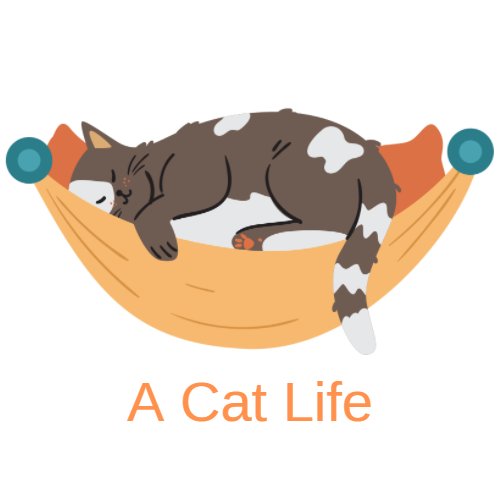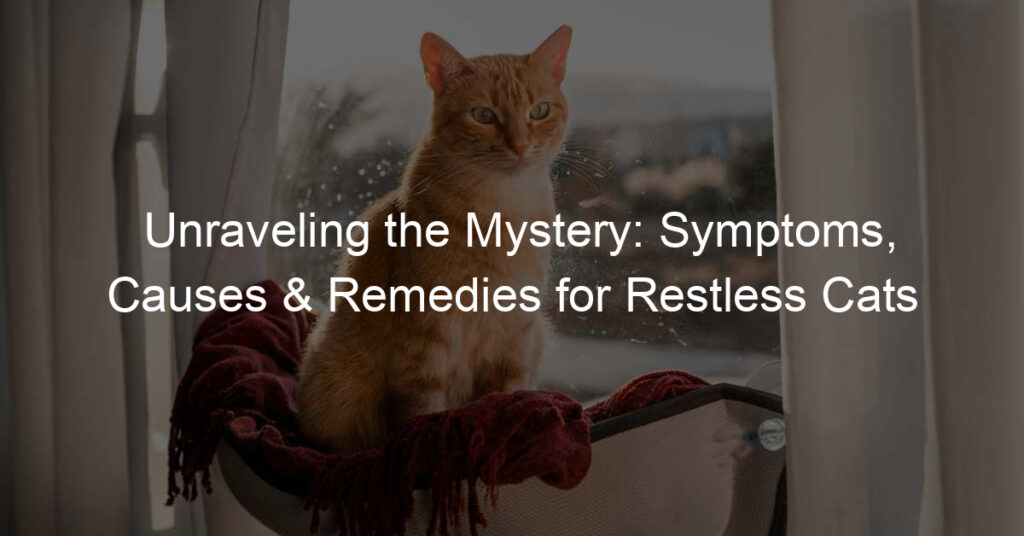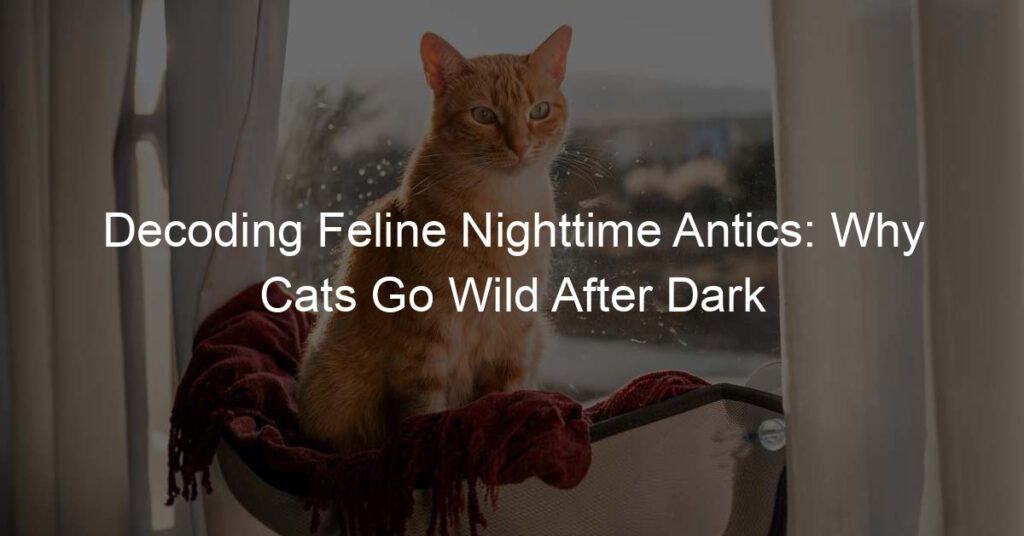
Introduction to Cat Behavior
Have you ever wondered why your cat behaves the way it does? Cats are fascinating creatures, each with their unique personalities and behaviors. Understanding these behaviors can help you build a stronger bond with your feline friend. In this section, we will explore the basics of cat behavior and debunk some common misconceptions.
-
Understanding the Basics of Cat Behavior
Cats are known for their independence and aloofness, but they are also social animals that need interaction and stimulation. They communicate through a variety of ways such as body language, vocalization, and scent marking. Here are some key behaviors you might observe:
- Purring: This is usually a sign of contentment, but cats also purr when they’re stressed or unwell.
- Kneading: Cats knead their paws against a soft surface, which is a behavior they learn as kittens while nursing.
- Scratching: This is a way for cats to mark their territory, stretch their muscles, and keep their claws sharp.
Understanding these behaviors can help you better respond to your cat’s needs and ensure their well-being.
-
Common Misconceptions about Cat Behavior
There are many misconceptions about cat behavior that can lead to misunderstandings and strain the human-cat relationship. Let’s debunk some of these myths:
- Myth 1: Cats are solitary creatures. Fact: While cats are more independent than dogs, they still need social interaction and can form strong bonds with their human companions.
- Myth 2: Cats purr only when they’re happy. Fact: Cats also purr when they’re stressed or unwell, so it’s important to pay attention to their overall behavior and health.
- Myth 3: Cats scratch furniture to be destructive. Fact: Scratching is a natural behavior for cats. They do it to mark their territory, stretch their muscles, and keep their claws sharp.
By understanding the truth behind these misconceptions, we can better understand our feline friends and provide them with the care and respect they deserve.
Cat Grudges: Fact or Fiction
It’s a common belief among many pet owners that cats hold grudges. But is this fact or fiction? Let’s dive into the world of feline behavior to understand this better.
Understanding Cat Grudges
Before we delve into the details, it’s important to understand what we mean by a ‘cat grudge’ and how cats express these so-called grudges.
- What is a cat grudge?
- How do cats express grudges?
A ‘cat grudge’ is a term used to describe a situation where a cat seems to exhibit negative behavior towards a person or another animal, seemingly as a result of a past event. It’s as if the cat remembers the incident and holds a grudge, hence the term.
Cats are known for their expressive behavior. If a cat is believed to be holding a grudge, it may exhibit behaviors such as avoiding the person or animal it’s upset with, hissing or growling, or even becoming aggressive. However, it’s important to note that these behaviors can also be signs of other issues, such as fear, stress, or illness.
Now that we’ve defined what a ‘cat grudge’ is and how it’s expressed, let’s explore whether there’s any truth to this concept. Is it a fact that cats hold grudges, or is it just a myth? Stay tuned as we debunk the myth of cat grudges in the next section.
Debunking the Myth of Cat Grudges
There are many myths surrounding our feline friends, one of the most common being that cats hold grudges. However, scientific evidence and case studies have shown that this may not be the case. Let’s dive deeper into these findings.
- Scientific Evidence Against Cat Grudges
- Case Studies Showing Absence of Cat Grudges
Contrary to popular belief, cats do not have the cognitive ability to hold grudges. According to a study published in the Journal of Feline Medicine and Surgery, cats do not possess the same emotional complexity as humans. They react based on instinct and learned behavior, not on a personal vendetta. This means that if your cat is acting out, it’s more likely due to a change in their environment or a learned response to a specific situation, not because they’re holding a grudge.
Several case studies further debunk the myth of cat grudges. For instance, in a study conducted by the University of Lincoln, cats were observed in multi-cat households. The study found that even after a cat fight, the cats would quickly return to normal behavior, showing no signs of holding a grudge. Another case study by the American Association of Feline Practitioners found that cats who were initially aggressive towards their owners would return to their normal behavior once the source of their stress was removed. This indicates that cats do not hold grudges, but rather react to their immediate environment.
In conclusion, the idea of cats holding grudges is a myth. Cats are complex creatures with their own unique behaviors and responses, but holding grudges is not one of them. So next time your cat acts out, remember it’s not personal – they’re just being a cat.
Cat Psychology Explained
Understanding the psychology of our feline friends can be a fascinating journey. Let’s delve into the realm of cat emotions and discover how our cats express their feelings and what they mean.
Understanding Cat Emotions
Cats, like humans, have a range of emotions they express in various ways. Let’s explore how they do this and the common emotions they exhibit.
- How do cats express emotions?
- Common cat emotions and their meanings
Cats express their emotions through a combination of vocalizations, body language, and behaviors. For instance, a purring cat is usually content, while a hissing cat is likely scared or angry. A cat’s tail can also be a great indicator of its emotional state. A high, straight tail often means a happy cat, while a puffed-up tail can indicate fear or aggression.
Cats commonly express emotions such as happiness, fear, curiosity, and anger. A happy cat often has a relaxed body and may purr or knead with its paws. Fearful cats may hide, hiss, or puff up their fur. Curious cats have alert ears and eyes, and may tilt their head or twitch their tail. Angry cats may growl, hiss, or swat with their paws.
Understanding your cat’s emotions can help you build a stronger bond with your feline friend. It can also help you identify any changes in their behavior that may indicate health issues. Remember, every cat is unique and may express their emotions differently. So, take the time to learn your cat’s individual language.
Interpreting Cat Behavior
Understanding your cat’s behavior can seem like a mystery, but with a little knowledge, you can unlock the secrets of their actions. Let’s delve into the signs that indicate whether your cat is happy or distressed.
- Signs of a Happy Cat
- Purring: This is one of the most common signs of a content cat. Purring is a cat’s way of expressing happiness and comfort.
- Relaxed body: A happy cat will have a relaxed body posture. Their tail won’t be puffed up, and their ears will be in a neutral position.
- Playfulness: A happy cat is often playful. They may chase toys, pounce, or engage in play-fighting.
- Appetite: A happy cat usually has a healthy appetite. If your cat is eating well, it’s a good sign they’re content.
- Signs of a Distressed Cat
- Hiding: Cats often hide when they’re not feeling well or are stressed. If your cat is hiding more than usual, it could be a sign of distress.
- Aggression: A distressed cat may become aggressive. This can include hissing, biting, or scratching.
- Changes in appetite: A sudden change in your cat’s eating habits could be a sign of distress. This could be eating more or less than usual.
- Excessive grooming: While cats are known for their grooming habits, excessive grooming can be a sign of stress or discomfort.
A happy cat exhibits certain behaviors that are easy to spot once you know what to look for. Here are some key signs:
Just as there are signs of a happy cat, there are also signs that your cat may be distressed. Here are some key indicators:
By paying close attention to these signs, you can better understand your cat’s emotional state and respond appropriately. Remember, every cat is unique, and these are general guidelines. Your cat may express happiness or distress in different ways.
Cat Grudges Unmasked
Let’s dive deeper into the world of feline behavior and unmask the truth about cat grudges. Are they real, or is it just a myth?
The Truth About Cat Grudges
Many cat owners believe that their feline friends hold grudges, but is there any truth to this belief? Let’s explore this further.
- Why the myth of cat grudges persists
- How to correctly interpret cat behavior
The idea of cat grudges persists largely due to misunderstanding. Cats, unlike humans, do not hold grudges. They do, however, have excellent memories. If a cat has a negative experience, it may remember it and react accordingly in the future. This is often mistaken for holding a grudge.
Understanding cat behavior can be tricky. Cats communicate primarily through body language. A cat that is hissing, for example, is not holding a grudge but is feeling threatened. Similarly, a cat that hides after a negative experience is not sulking but is seeking safety. It’s important to interpret these behaviors correctly to understand your cat’s needs and emotions.
In conclusion, while it may seem like your cat is holding a grudge, it’s more likely that they are reacting based on memory of a past event. By learning to interpret their behavior correctly, we can better understand and care for our feline friends.
| Common Misinterpretations | Actual Cat Behavior |
|---|---|
| Cat is holding a grudge | Cat is reacting based on memory |
| Cat is sulking | Cat is seeking safety |
Cat Behavior Myths
There are many misconceptions about cat behavior that often lead to misunderstandings. These myths can affect how we interact with our feline friends, and it’s important to debunk them to ensure we’re treating our cats in the best possible way. Let’s explore some of these common cat behavior myths.
Other Common Cat Behavior Myths
- Myth: Cats are solitary animals
- Myth: Cats are untrainable
Contrary to popular belief, cats are not solitary animals. While they are indeed more independent than dogs, they still crave companionship and social interaction. Cats often form close bonds with their owners and other pets in the household. They communicate their affection through a variety of ways, such as purring, rubbing against you, and even bringing you ‘gifts’.
Another common myth is that cats are untrainable. This is simply not true. While cats may not respond to training in the same way dogs do, they can certainly learn commands and tricks. The key to training a cat is understanding their motivations and using positive reinforcement. For example, if your cat loves treats, you can use them as a reward for good behavior or when they successfully perform a trick.
In conclusion, it’s important to understand that cats are unique creatures with their own set of behaviors and needs. By debunking these myths, we can better understand our feline friends and provide them with the care and attention they deserve.
| Myth | Fact |
|---|---|
| Cats are solitary animals | Cats are independent but they also crave companionship and social interaction. |
| Cats are untrainable | With understanding and positive reinforcement, cats can be trained to follow commands and perform tricks. |
Facts About Cat Behavior
As we delve into the fascinating world of feline behavior, it’s important to understand that cats, like humans, have their unique personalities and behaviors. These behaviors, often misunderstood, are deeply rooted in their instincts and natural tendencies. Let’s explore some scientifically-backed facts about cat behavior.
Key Takeaways About Cat Behavior
- Understanding cat behavior is key to a healthy pet relationship: Cats communicate in a variety of ways, including through body language, vocalizations, and even their behavior. Understanding these signals can help you better understand your cat’s needs and emotions, leading to a more harmonious relationship.
- Scientifically-backed facts about cat behavior: Contrary to popular belief, cats are not solitary creatures. They are social animals who enjoy the company of their human companions and other pets. They also have a strong sense of territory and will often mark their territory by scratching or spraying.
Here are a few more intriguing facts about cat behavior:
| Fact | Description |
|---|---|
| Cats purr for various reasons | While purring is often associated with contentment, cats also purr when they are stressed or anxious. Some cats even purr when they are sick or in pain. |
| Cats have a strong sense of territory | Cats are territorial animals. They mark their territory by scratching or spraying. If another cat invades their territory, they may become aggressive. |
| Cats communicate through body language | A cat’s body language can tell you a lot about its mood. For example, a cat with its tail straight up is usually happy and relaxed, while a cat with its tail puffed up is likely scared or agitated. |
By understanding these behaviors, we can better care for our feline friends and ensure they live happy, healthy lives.








